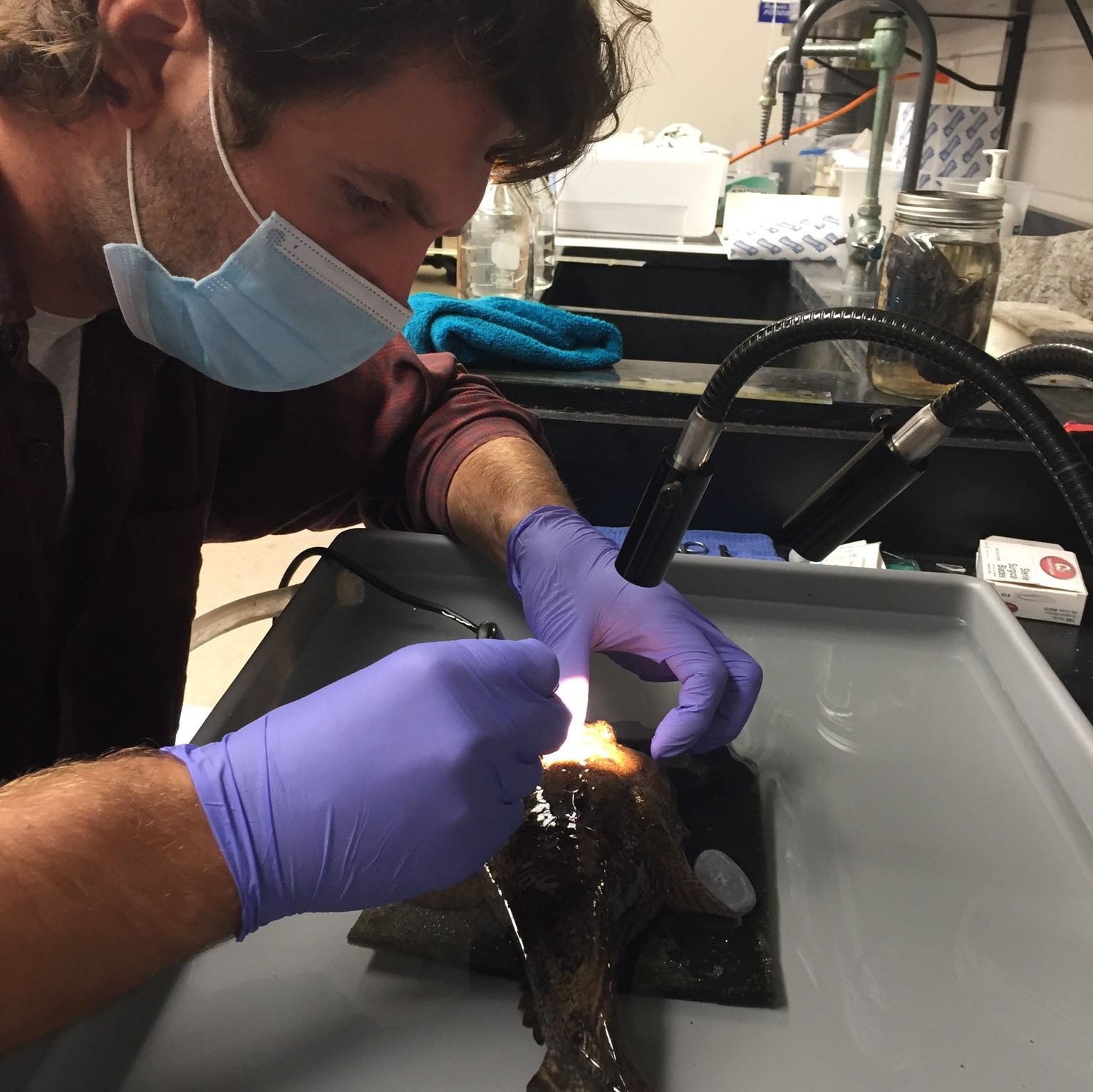
Congratulations to Liao Lab PhD Student Brendan Gibbs for his recent publication "Recording central nervous system responses of freely-swimming marine and freshwater fishes with a customizable, implantable AC differential amplifier" in the Journal of Neuroscience Methods.
Published with colleagues Dr. James Liao and Dr. James Strother, they are now able to record real-time brain activity in freely swimming adult fishes!
Highlights
- A novel technique to record multi-unit extracellular signals in the CNS of freely behaving fishes.
- Their system was implanted into the cerebellum of fishes as they responded to visual and hydrodynamic stimuli.
- Their small amplifier is streamlined and low-cost, which enables neural recordings in both the lab and field.
Abstract
Background
Fish have adapted to a diversity of environments but the neural mechanisms underlying natural aquatic behaviors are not well known.
New method
They have developed a small, customizable AC differential amplifier and surgical procedures for recording multi-unit extracellular signals in the CNS of marine and freshwater fishes.
Results
Their minimally invasive amplifier allowed fish to orient to flow and respond to hydrodynamic and visual stimuli. They recorded activity in the cerebellum and optic tectum during these behaviors.
Comparison with existing methods
Their system is very low-cost, hydrodynamically streamlined, and capable of high-gain in order to allow for recordings from freely behaving, fast fishes in complex fluid environments.
Conclusions
Their tethered approach allows access to record neural activity in a diversity of adult fishes in the lab, but can also be modified for data logging in the field.